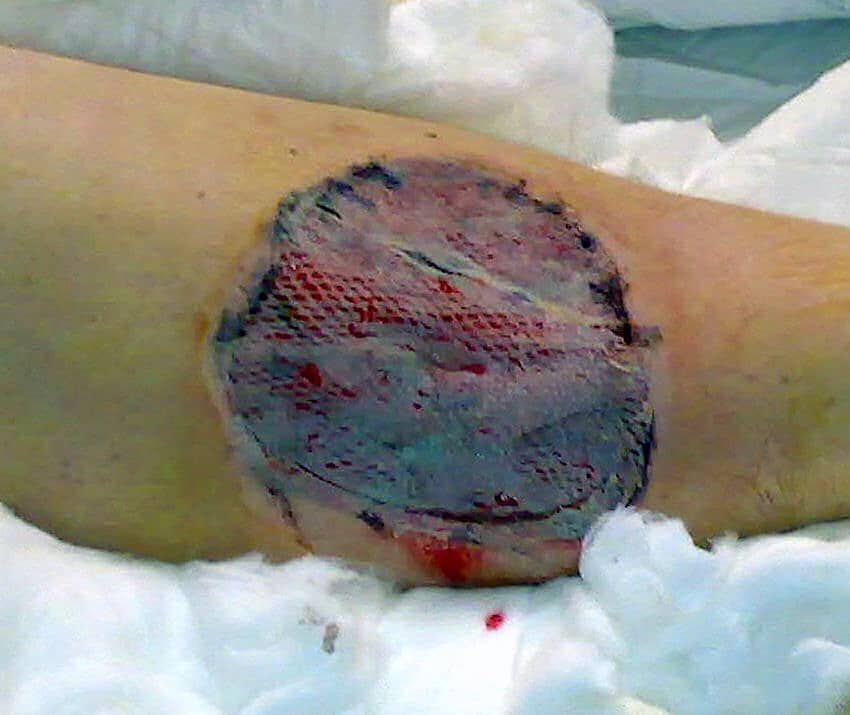Skin Graft

Patients with severe burns may require skin grafts to promote full healing and coverage of an open wound

Patients with severe burns may require skin grafts to promote full healing and coverage of an open wound